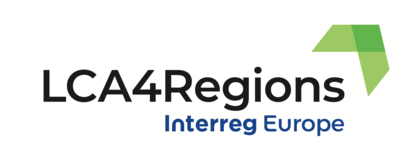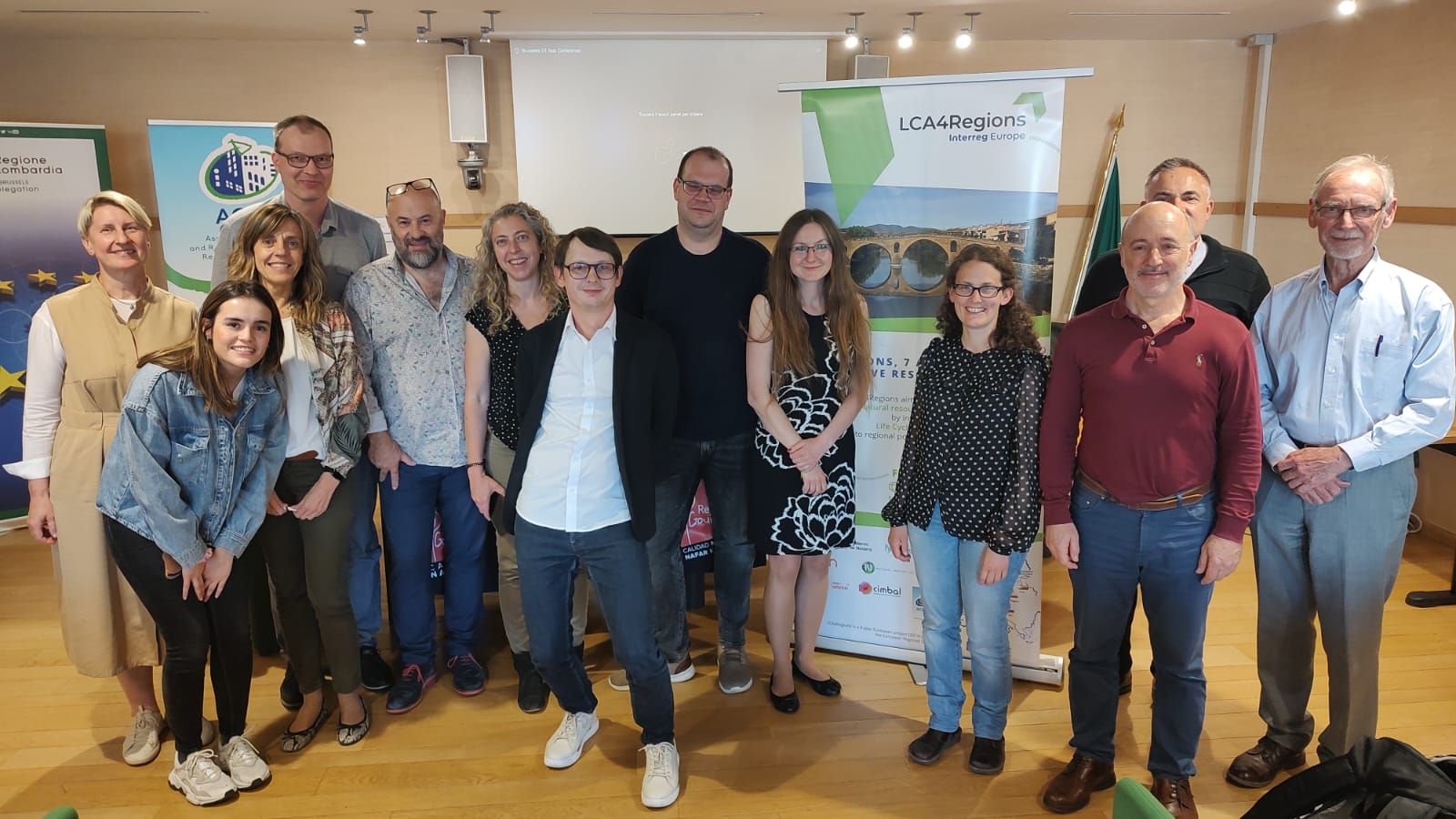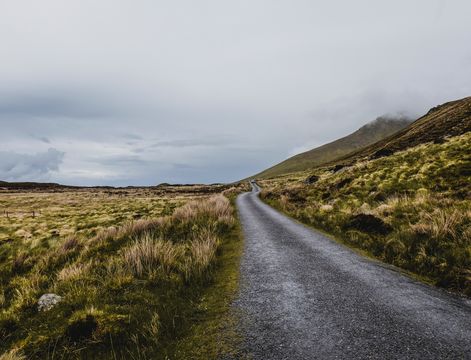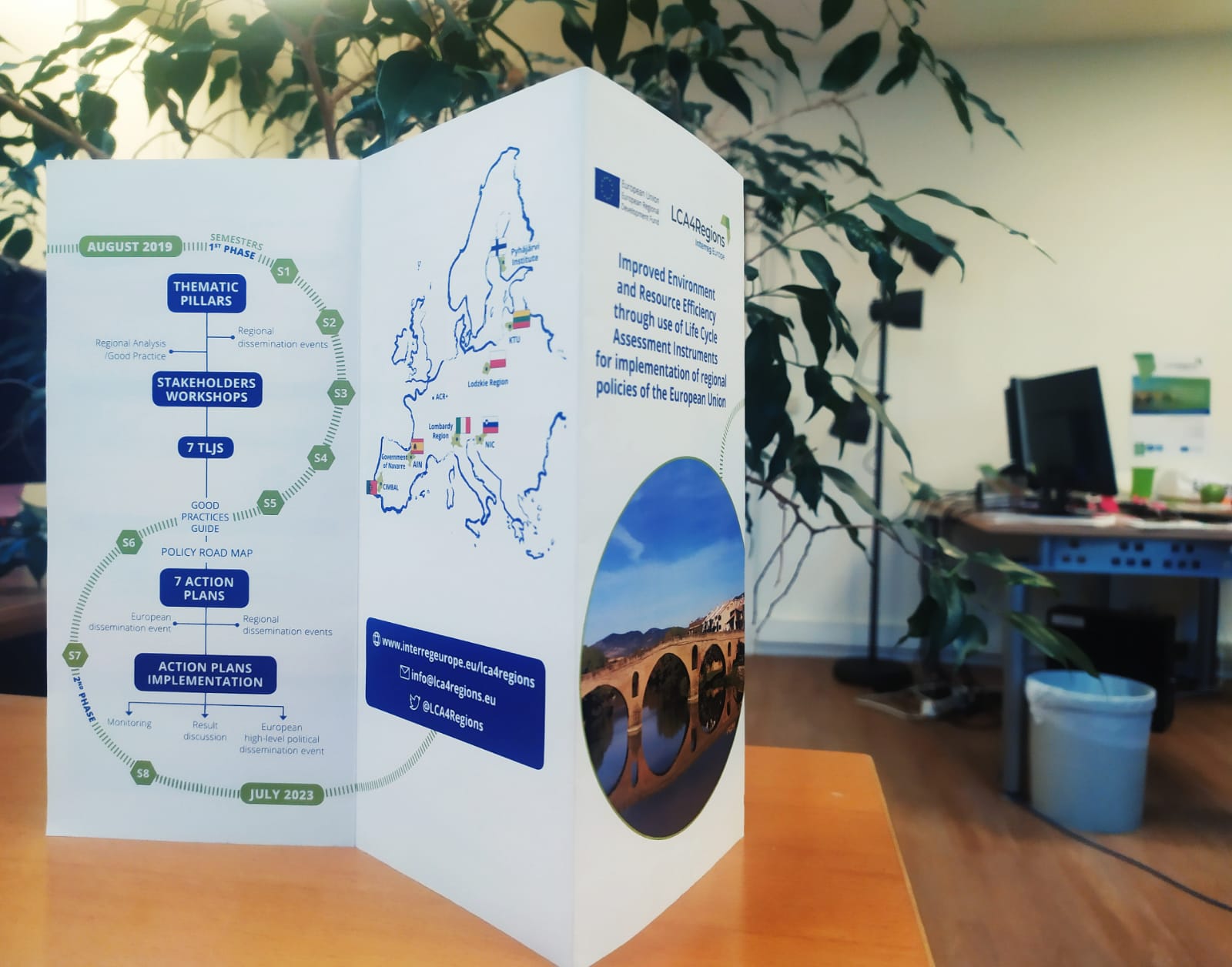My name is Peio Basail and I am Industrial Environment Manager at Acciona. Acciona is a 100% renewable electricity generation company and my mission, as Manager of the Environment Department, is to ensure that environmental standards are met in all our facilities worldwide (50% in Spain, and the rest in various countries such as Chile, USA, Mexico, Australia, Poland, Portugal or Italy), as well as to coordinate environmental improvement projects, such as the application of LCA systems in new projects.
Stakeholders play a fundamental role in our project: LCA4Regions aims at engaging and communicate openly with them.
Here's Peio Basail's point of view, from Acciona, one of our guests during the first TLJ.
Are you already applying LC in your activities? Or planning to? Do you think LC could have an impact on your activities, which one?
At Acciona we started to implement LCA methodology in 2016, through the development of a pilot project at the Bannur wind farm in India. We then decided on the following implementation strategy:
1. Carry out a certified LCA for each of the two technologies we are currently implementing worldwide (photovoltaic and wind). The result was the certification of the Mt Gellibrand wind farm in Australia and the El Romero photovoltaic plant in Chile (I include links to the web with a lot of info). The certification was done with the prestigious Swedish organisation ENVIRONDEC.
2. From here, and given the great effort that must be devoted to a complete/certified LCA, we say develop a simple tool. In this tool, with a report of 20-30 data, we make sure to cover 80% of the impacts, so we get a good picture of the environmental performance of each plant. We have already applied this methodology to 7 projects. With this analysis, we achieve the following objectives:
- Ensure that our facilities are considered officially sustainable by the EU, being below the 100 grams CO2/Kwh limit set by the “EU taxonomy for sustainable activities".
- To know the environmental profile of our facilities and to detect the areas of improvement in the different phases of each project. For example, through the LCA methodology, we have been able to calculate that the operation buildings built in our plants. If they are efficient, they get large energy savings throughout their life cycle. We have thus been able to calculate the rate of return on investment. The increase in cost (in insulation, in more efficient air conditioning equipment) is amortized in 5-7 years, with the useful life of the wind and photovoltaic farms being at least 25 years.
You joined study visits and peer reviews during the TLJ, can you share your feedback on it, did you find it useful? What attracted your attention?
Yes, it was a very enriching experience to learn about initiatives in different regions of Europe. I found the proposal for recycling agricultural plastics presented by Navarra and Portugal, the LCA of the electric car in Lithuania or the calculation of carbon footprint in waste and water management in Navarra very interesting.
What could the project bring you/why are you getting involved?
My mission in the group, as a stakeholder, is twofold. On the one hand, to contribute with experiences developed in private companies, which I believe can be useful for the public sector. On the other hand, to learn from initiatives developed in the different regions and to analyse their viability for implementation in our company.
What is your vision of the project? What do you think will be obstacles?
I think it is very positive to incorporate the perspective of the life cycle into decisions and policies of public administrations. Therefore, I think the project can be very enriching both at the level of specific initiatives that can come out of it, as well as in training and awareness of public managers on the subject.
Regarding the risks or obstacles, there is one that I wanted to mention and that is that the LCA methodology is a tool, and as such, I believe that it should be at the service of certain objectives. In the private sector, we are aware that a tool is only useful if it serves to achieve certain objectives. Therefore, my suggestion is that the LCA strategy of each region should be coordinated with its plan to reduce CO2 emissions.
Climate change is the main environmental threat we have today and the LCA could be incorporated as a strategy towards a carbon-neutral horizon both for the public administrations themselves (public procurement, public infrastructure) and in general for the participating regions, including their private and domestic sectors.










